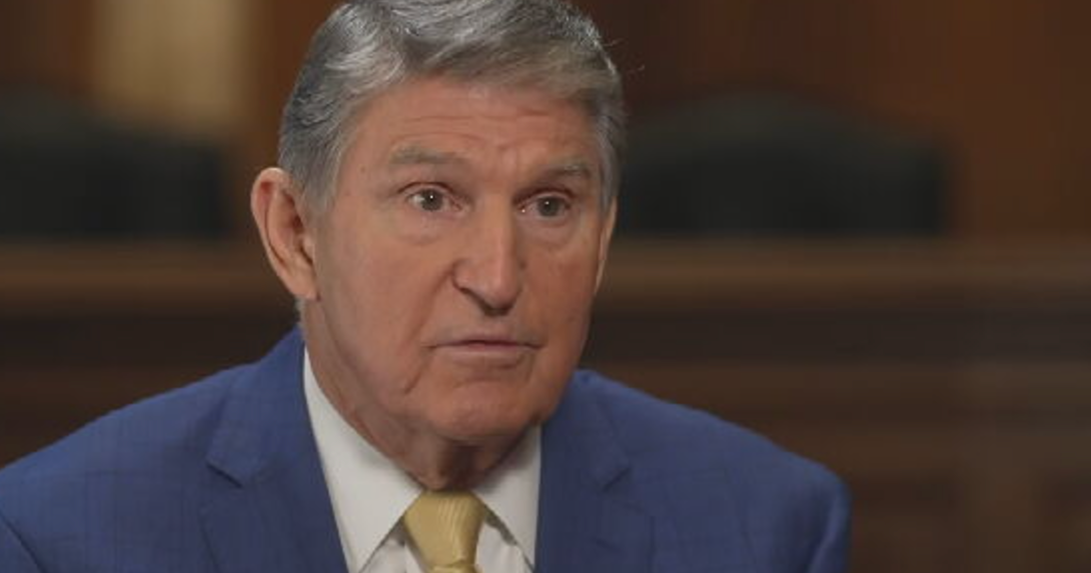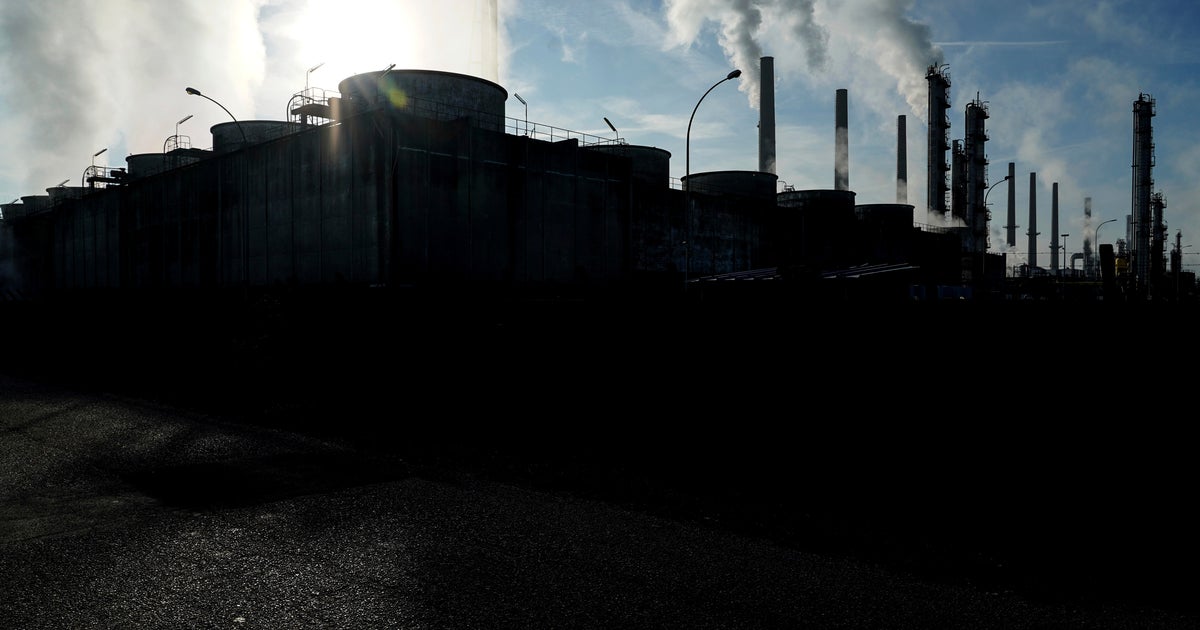All-female spacewalk marks a new milestone for NASA
Astronauts Christina Koch and Jessica Meir carried out history's first all-female spacewalk Friday, floating outside the International Space Station and successfully installing a 230-pound replacement battery charger in the lab's solar power system. The historic excursion was carried out in a blaze of public interest that rose all the way to the White House.
"I just want to congratulate you, what you do is incredible," President Trump told the spacewalkers in a surprise call from the White House. He was joined by Vice President Mike Pence, daughter Ivanka and NASA Administrator Jim Bridenstine.
"You're very brave people, I don't think I want to do it, I must tell you that," the president said. "But you are amazing people. ... Congratulations, Christina and Jessica, on this historic event, this is truly historic."
"Thank you," Meir replied from orbit. "We don't want to take too much credit because there have been many other female spacewalkers before us. This is just the first time there have been two women outside at the same time. ... For us, this is really just us doing our job.
"At the same time, we recognize that it is an historic achievement and we do, of course, want to give credit to all those who came before us. There has been a long line of female scientists, explorers, engineers and astronauts, we are following in their footsteps to get us where we are today."
The spacewalk began at 7:38 a.m. EDT when Koch, making her fourth excursion, and Meir, making her first, switched their spacesuits to battery power inside the Quest airlock, kicking off 221st station spacewalk since assembly began in 1998. It was the first by two women in the 54 years since the first "extra-vehicular activity," or EVA, by a Russian cosmonaut in 1965, sparking widespread public interest.
Despite the unusual level of scrutiny, Friday's spacewalk was a strictly-business affair to replace a faulty 232-pound battery charger in the lab's solar power system. Any two of the space station's four NASA sponsored astronauts could have done the work — they all received similar training — but Koch and Meir got the nod.
After floating out of the airlock, Koch promptly made her way to the left side of the station's power truss, anchored her feet on the end of the lab's robot arm and unbolted a spare battery controller. Meir, meanwhile, made her way outboard to the left-most solar array and prepared the faulty unit for removal from an equipment bay.
The two then teamed back up. Koch handed the controller off to Meir and got off the arm. The astronauts then carefully carried the spare out to the port 6, or P6, solar array segment work site more than 50 yards from the airlock. While such components do not weigh anything in the microgravity environment of low-Earth orbit, they still have the same mass, requiring care when starting and stopping motion.
But the spacewalkers had no problems, easily moving the bulky controller to the work site and installing it in place of the faulty unit. After an initial health check, flight controllers stood by while the system came back on line.
"Christina, Jessica, to give you a report on your work today, we show the battery charge-discharge unit is fully powered up and working," astronaut Stephanie Wilson radioed from mission control toward the end of the seven-hour 17-minute spacewalk.
"That is awesome news, thank you," Koch replied. Added Meir: "Amazing news, Stephanie. That makes us very happy."
Soviet cosmonaut Alexey Leonov carried out history's first spacewalk in 1965. Cosmonaut Svetlana Savitskaya became the first woman to walk in space during an outing with a male cosmonaut in 1984, followed later that year by Sullivan, who joined astronaut David Leestma for a shuttle spacewalk.
While NASA managers and even the astronauts tend to view the all-female spacewalk as "just another milestone," it took on heightened significance in the wake of a spacesuit sizing problem earlier this year that forced the station crew to call off plans for Koch and astronaut Anne McClain to make the first all-female EVA.
The station now is equipped with components for four suits, accommodating all three of NASA's crew members as well as European Space Agency astronaut Luca Parmitano.
Koch and Meir already were paired up for one of five spacewalks to replace aging solar array batteries. But after two of those excursions, a battery charge-discharge unit, or BCDU, failed knocking a newly-installed battery off line.
While the remaining battery installation spacewalks were put on hold, NASA managers opted to keep the Koch-Meir pairing intact, assigning them instead to the BCDU change out.
"One of these days, working in space like that is going to be routine," said former astronaut Ken Bowersox, now deputy chief of NASA's human space program. "We won't get together to celebrate an occasion when two women, or two men, or a man and a woman, or three or four go outside, it'll just be routine.
"That's what we're doing on ISS, we're gathering that experience that we need to make spaceflight routine so we can move farther out into our solar system, to go to the moon and on to Mars someday. That's what excites me the most, to see that progress happening."
The mission of this spacewalk
The station's electricity is provided by four huge solar wings, two on each end of a truss that stretches the length of a football field. Two dozen battery charge controllers, six per solar wing, divert electricity to powerful batteries for recharging when the lab is in sunlight and then deliver that stored power when the station moves through Earth's shadow.
Replacing the faulty BCDU was expected to restore 4 to 5 kilowatts of power to the lab's electrical system that was lost when the original charger failed after 19 years of normal operation, knocking a newly-installed lithium-ion battery off line.
With the BCDU swap-out complete, Koch and Meir carried the faulty unit back to the airlock for eventual return to Earth aboard a future SpaceX Dragon cargo ship for troubleshooting and, if possible, repair.
They then turned their attention to a few more routine tasks, adjusting multi-layer insulation around spare components to make access easier, routing an ethernet cable and installing a fitting on the European Space Agency's Columbus laboratory module that will be needed when an experiment platform is attached later.
Because batteries lose their ability to recharge over time, NASA is in the process of replacing all 48 of the space station's older-generation nickel-hydrogen batteries with 24 more powerful lithium-ion power packs, along with circuit-completing "adapter plates" to fill in for batteries that were removed but not replaced. In the upgraded system, each lithium-ion battery is charged and discharged by a single BCDU.
In 2017, spacewalkers replaced the 12 right-side inboard solar array batteries with six lithium-ion units. Last March, the 12 left-side inboard batteries were replaced. NASA currently is working to replace the left-side outboard batteries. The final set of lithium-ion batteries will be installed in the right-side outboard arrays next year.
Three of six lithium-ion batteries were installed on the left outboard array during spacewalks Oct. 6 and 11 by Koch and Morgan. Shortly thereafter, engineers discovered one of the three BCDUs in that circuit had failed, sidelining one of the new batteries.
The failure is troubling because an identical charger failed last March after a new battery was installed for the left inboard array. NASA engineers want to make sure a generic problem of some sort is not present before proceeding with additional battery installations.








